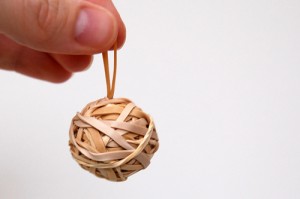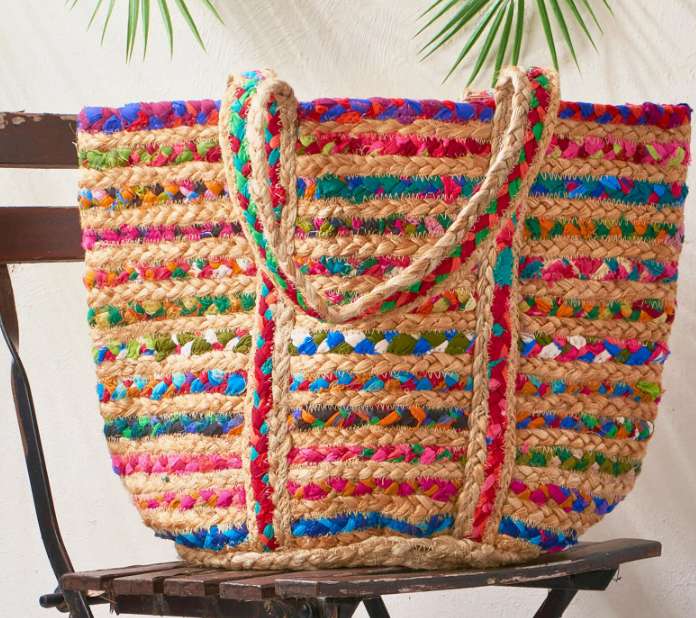 This just makes me smile. I suppose after all is that the only purpose of a bouncy ball? If we can’t make things that make us smile then what do we craft for? OK some things keep us warm or keep us organized but this is just fun! Thanks go out to Sara for sending in a link to her blog Craft Snob where she posted a tutorial on how to make a bouncy ball from old rubber bands and hair ties.
This just makes me smile. I suppose after all is that the only purpose of a bouncy ball? If we can’t make things that make us smile then what do we craft for? OK some things keep us warm or keep us organized but this is just fun! Thanks go out to Sara for sending in a link to her blog Craft Snob where she posted a tutorial on how to make a bouncy ball from old rubber bands and hair ties.
